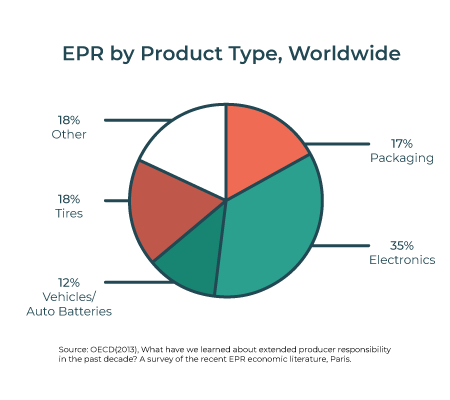1. Areas Cover: These rules are applicable to;
• Every urban local body (Mega city to Panchayat level),
• Outgrowths in urban agglomerations,
• Census towns as declared by the Registrar General and Census Commissioner of India,
• Notified areas,
• Notified industrial townships,
• Areas under the control of Indian Railways,
• Airports/airbases,
• Ports and harbours,
• Defence establishments,
• Special economic zones,
• State and Central government organisations,
• Places of pilgrims,
• Religious and historical importance as may be notified by respective State government from time to time and
• Every domestic, institutional, commercial and any other non residential solid waste generator situated in the areas.
2. The Waste Generators
• Every household
• Event organizers
• Street Vendors
• RWAs & Market Associations
• Gated Community having more than area 5000 sq.m.
• Hotels & restaurants, etc.
3. Duties of Waste Generators & Authorities:
• Every Waste Generators shall segregate waste and store separately and hand over to Municipal workers or authorized waste pickers
• Ministry of Environment, Forest & Climate Change shall constitute ‘Central Monitoring Committee’ to monitor and review every year
• MoUD shall frame National Policy on SWM and coordinate with States/UTs, provide technical guidelines, financial support, training to local bodies, etc.
• Departments of Fertilizers & Chemicals shall assist in market development for city compost and make available to companies (3/4 bags compost: 6/7 bags Fertilizers)
• Ministry of Agriculture shall make flexible Fertilizer Control Order, promote utilization of compost, testing facility for compost and issue guidelines.
• Ministry of Power shall fix tariff of power generation from W-T-E project and ensure distribution through companies.
• MNRE shall facilitate infrastructure for waste-to-Energy plants and provide subsidy.
• Secretary-Incharge, UD (state/UT) shall prepare State Policy/Strategy, adopt 3-Rs, coordinate for state planning, identification of common/regional landfills, notify guidelines of buffer zones.
• District Collector/Magistrate shall facilitate identification of landfill site, quarterly review the performance of local bodies.
• Secretary, Panchayats: same as Secy. UD at Panchayat level.
• CPCB shall coordinate with SPCBs/PCCs for monitoring and Annual Reports, formulation of standards, review new technologies, prepare guidelines for buffer zones restricting from residential, commercial and construction activities areas; and inter-state movement of waste.
• Local Authority/Panchayats shall prepare SWM plan with time line and its implementation, segregate, adopt 3-Rs, material recovery, processing/ disposal of Waste, user fee and levy spot fine.
• SPCBs/PCCs shall monitor, issue authorization and regulate.
• Manufacturers/Brand owners shall facilitate collect back wastes of their products and provide pouch for packaging sanitary wastes, etc.
• Industry (cement, power plant, etc.) shall use RDF within 100 km.
• Operator of facilities shall follow guidelines/standards
4. Criteria for Hilly Region:
Avoid landfill, make waste transfer stations, strict action for littering and construct landfill at plain areas.
5. Waste to Energy plant for waste with 1500 Kcal/kg and above for co-incineration in cement and power plants.
6. Time Frame for Implementation of SWM Rules:
• Landfill Identification: 1 year
• Procurement of waste processing facilities: 2 years
• Ensure segregation of waste: 2 years
• Cities up to 1 million population: 2 Years
• Million plus cities: 3 years
• Setting up sanitary landfills: 3 years
• Bioremediation/capping of old landfills: 5 years
7. Review of implementation of rules at Various levels;
• MoEF&CC, Central Monitoring Committee: Every year
• District Collector review performance of Local authorities: Quarterly
• SPCBs/PCCs review implementation of Rules withDMA: Half yearly
• Secretary Incharge, UD- State level Advisory Committee: Half yearly




